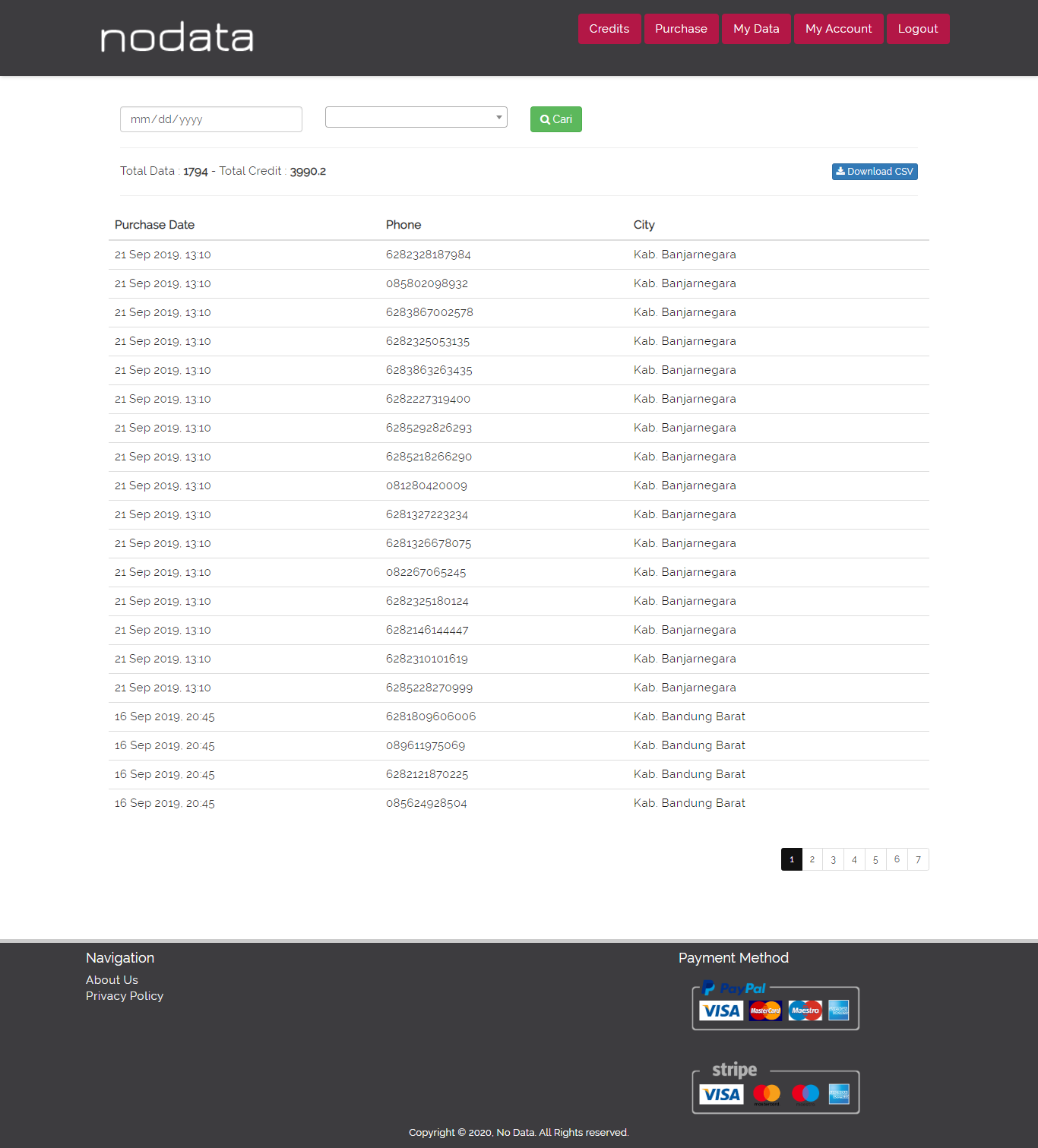
Pspp data list lrecl plus#
Logical operators are AND, OR and NOT, plus the relational operators EQ (equal to), NE (not equal to), LT (less than), GT (greater than), LE (less than or equal to), GE (greater than or equal to). PSPP has countless functions that can be used in arithmetic expressions. There is no modulus operator, but there is a function MOD(x,y). PSPP’s arithmetic operators are the usual + - *and /, plus ** for raising to power. The most useful ones are: $SYSMIS – the system missing value, and $CASENUM – the current record being processed. Variable names beginning with a dollar sign ($) are system variables. Variable names beginning with a hash (#) are scratch variables: they will not be saved in the data file. Boolean variables are represented as numeric variables with values 0 (false) or 1 (true). It is possible, though, to assign labels to string variables as well.

String variables are never system missing: empty string variables have value “”.Ĭategorical variables in PSPP are normally represented as numerical, each value (level) having a category label assigned to it in the dictionary. Numeric variables that have no value at all are called «system missing». This allows you to exclude this answer from analyses. Suppose you have coded as value -1 the answer “ I prefer not to answer” to the question that generated your age variable. On both numeric and string variables you may mark one or more values as MISSING. While numeric variables are all of one and the same type even in the presence of different display formats, string variables of different lengths are considered to be different: PSPP will refuse to combine two files that have string variables of the same name but of different lengths. Adjacent variables may be specified using first TO last ( sex TO profession). You specify sets of variables leaving whitespace (and not commas) between their names: sex age education profession. String values may be concatenated with the ‘+’ operator: COMPUTE footNote = "Missing values are " +ĬOMPUTE footNote = "Missing values are excluded from this " +ĬOMPUTE footNote = "Missing values are excluded from this table.". Double the quote when you need to «escape» one: ( 'Maxim''s'). String values have to be enclosed in pairs of single ( 'Septime') or double ( "Maxim's") quotes. String variables have to be declared explicitly with the STRING command, specifying their (maximum) lengths. Variables in PSPP are either numeric (the default) or string. Let me try to sum up the basics of syntax.
Pspp data list lrecl manual#
Better yet, the command you pasted look it up in the PSPP manual and trim it down to what is essential. My advice: in PSPPIRE always choose Paste instead of Run and keep the syntax file you generate this way.

What is great about PSPPIRE is that it is not just an alternative to issuing commands in PSPP’s language (the “syntax”): it actually is a syntax generator! Learning on the job … Besides, when I need to process really big data, I don’t want to waste time and memory on a spreadsheet-like visualization. Not all these steps are as easy as a mouse click. An analysis is usually the finishing touch in a process that involves many steps: reading, reshaping, checking, coding, re-coding, re-checking.

Does that mean that I can do my analyses without having to learn yet another language?


 0 kommentar(er)
0 kommentar(er)
